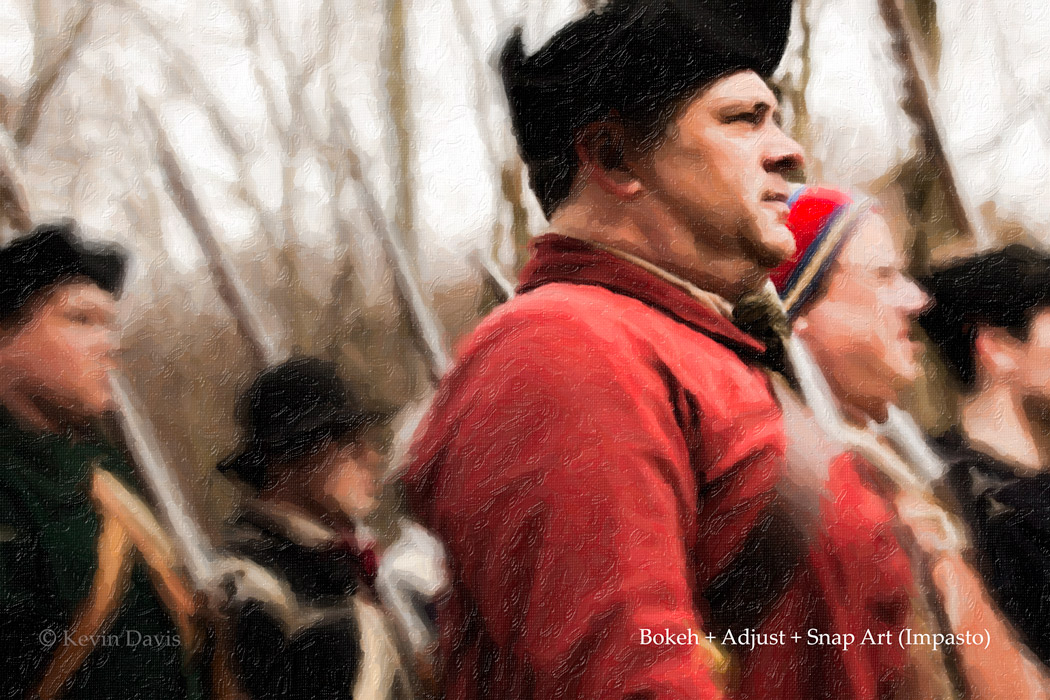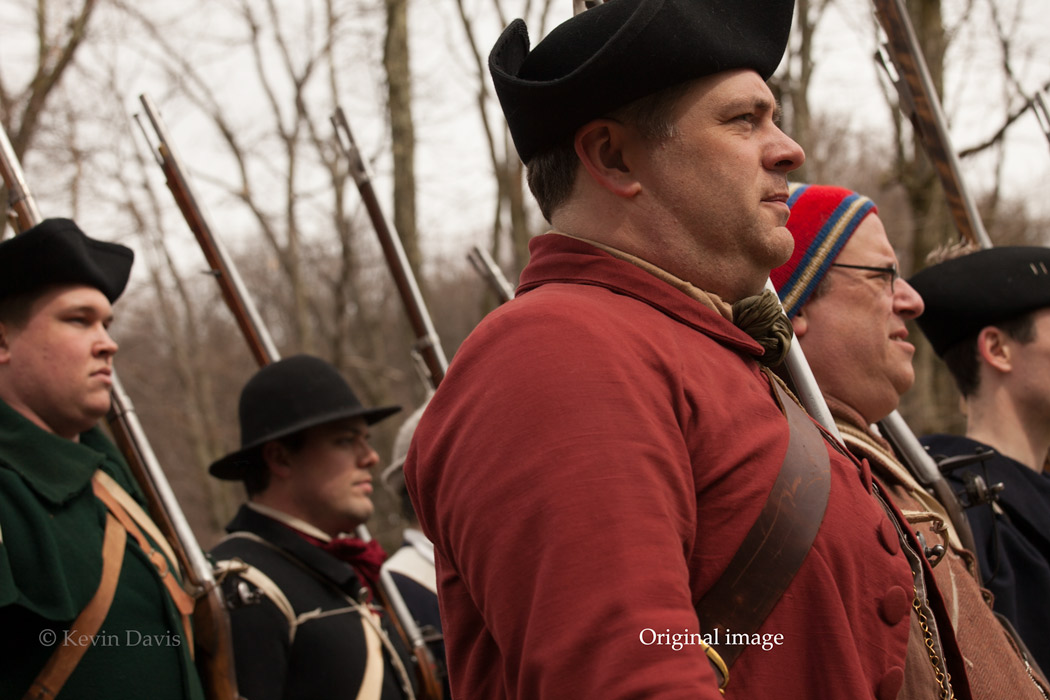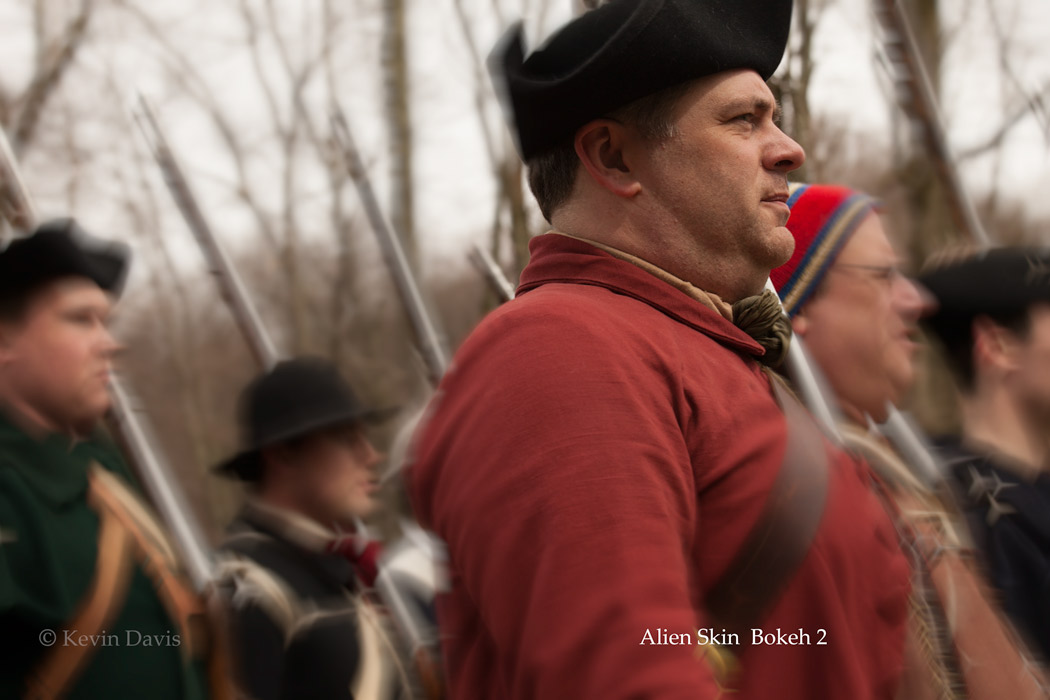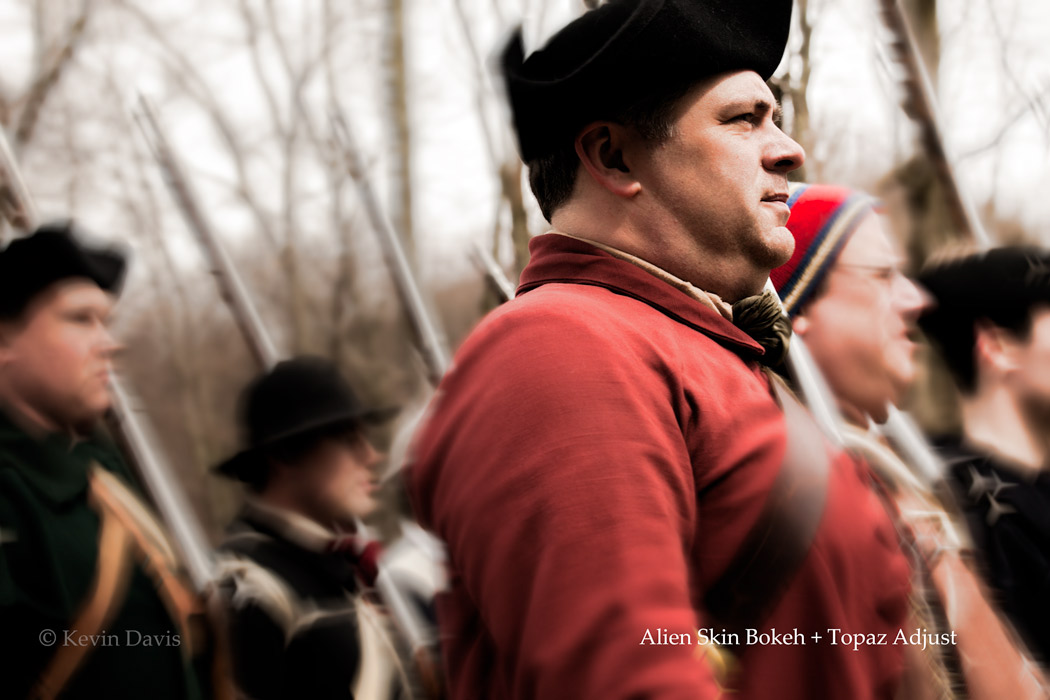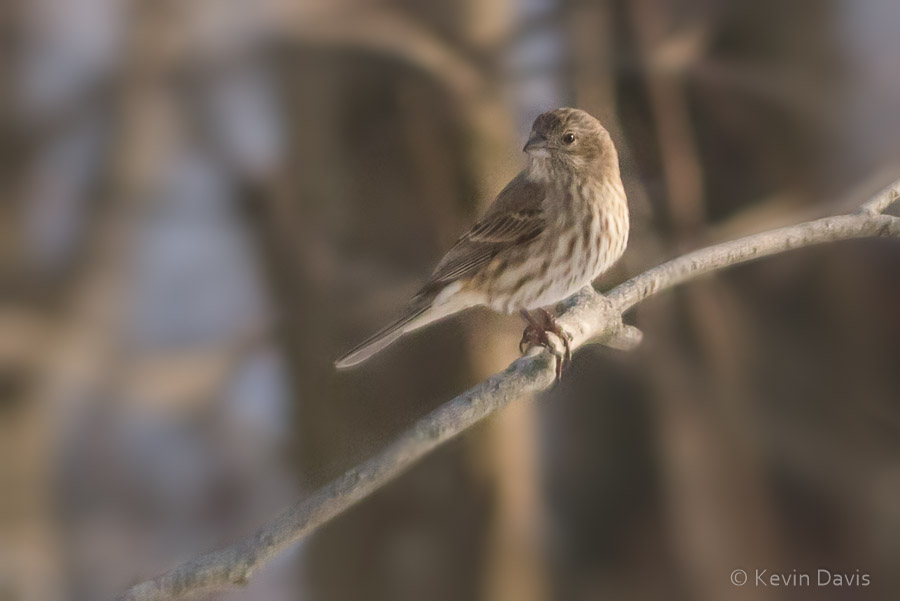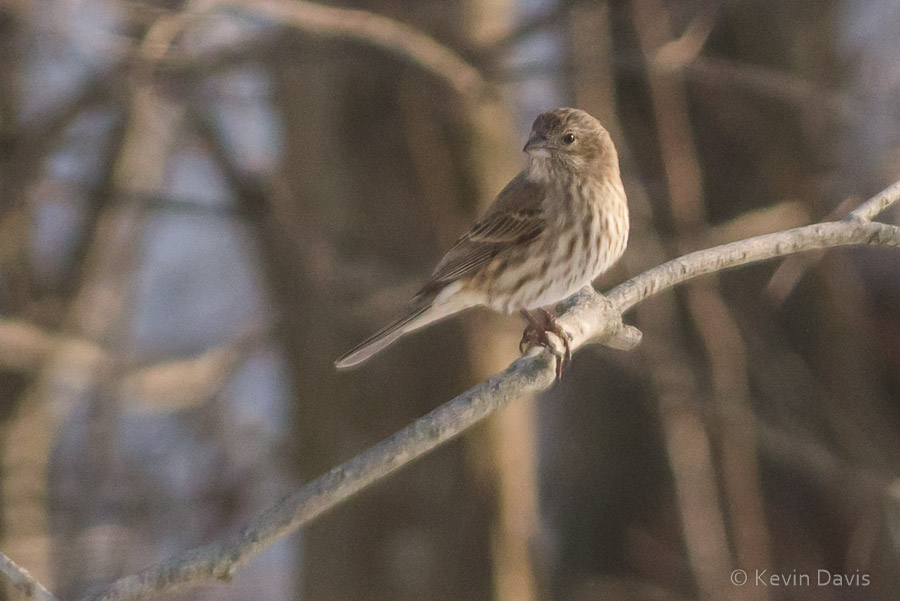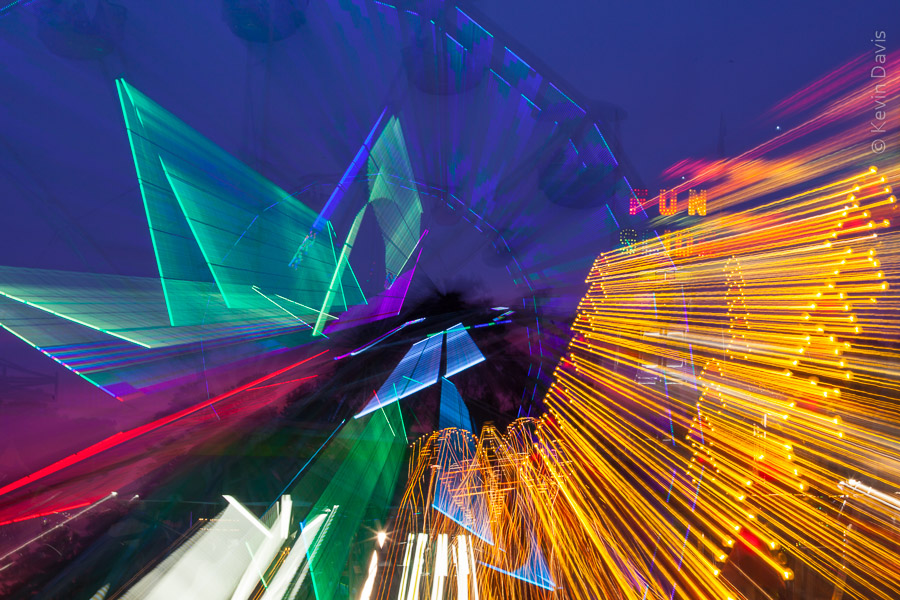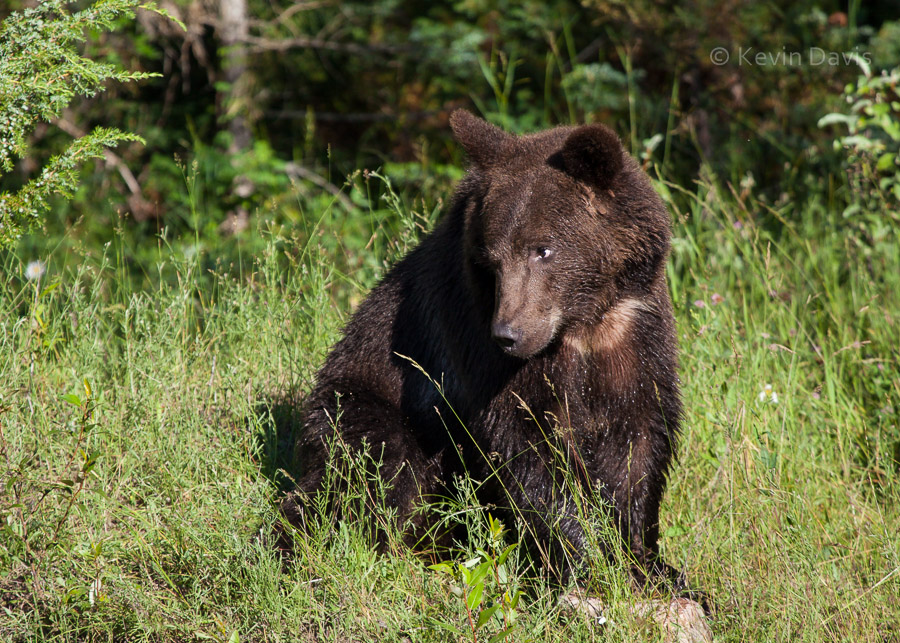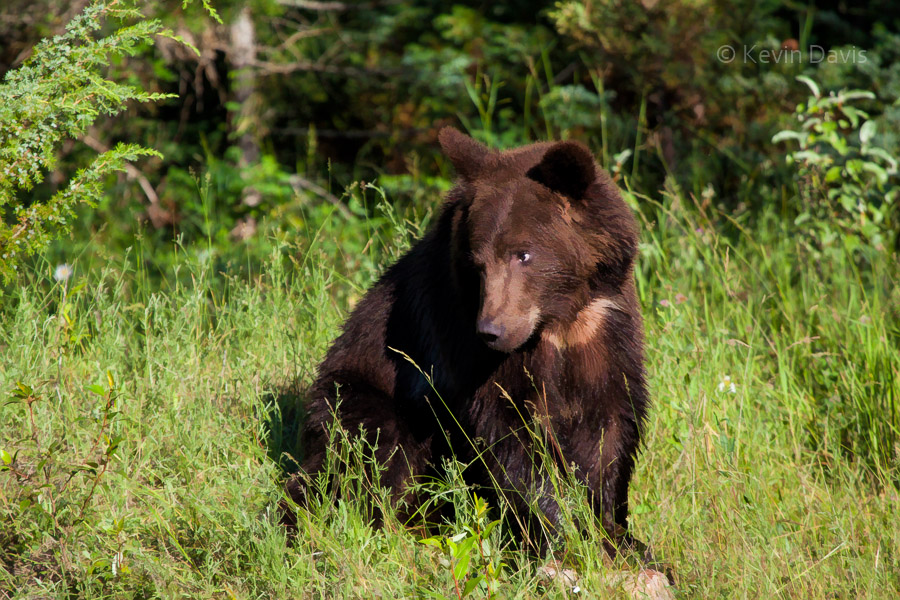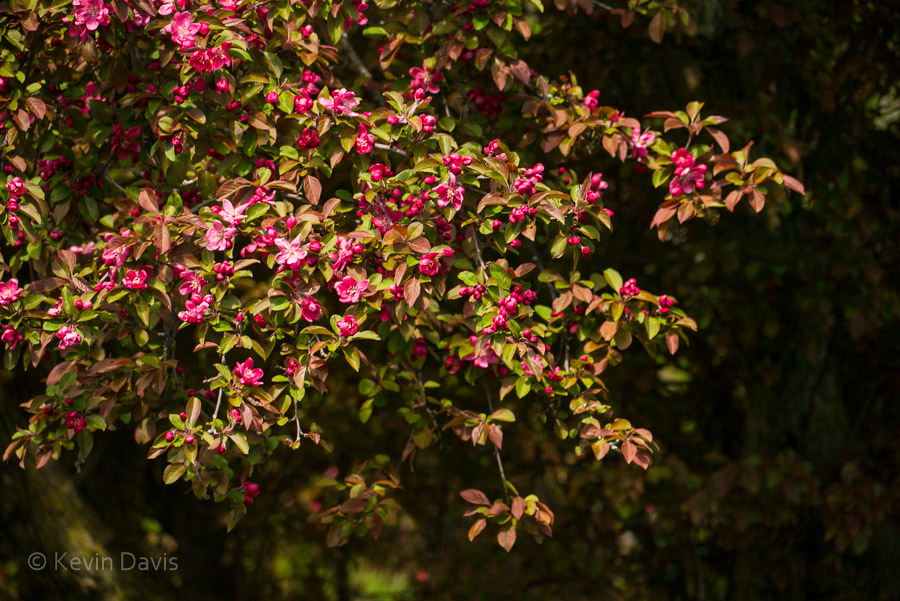
May is the month for flowering trees! You’ve probably seen a few lately. Some of my friends don’t seem interested in specifically what type of tree they are looking at … but I certainly am interested.
How about the photo here at the top – do you know this one? Magenta flowers with green leaves. Flowering crabapple.
How about the next one? Pink & magenta flowers, clustered close along the branches, and the leaves aren’t particularly showing yet. Eastern Redbud.
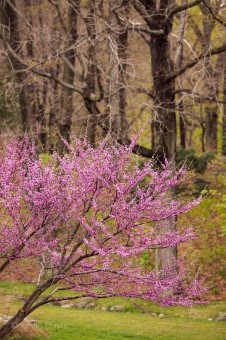
(Click on either image for a larger view.)
As for trees with magenta flowers, there are only two others that are common. Magnolia flowers can range from mostly magenta, with a bit of white, to mostly white with a bit of magenta. (The latter is more common.) Uniquely, magnolia flowers are larger than any of our other common flowering trees.
The last one is tricky. The flower buds, before blooming, can be magenta color. The flowers in bloom look like bright pink carnations. That’s a Kwanzan Cherry; there is nothing else like it.
